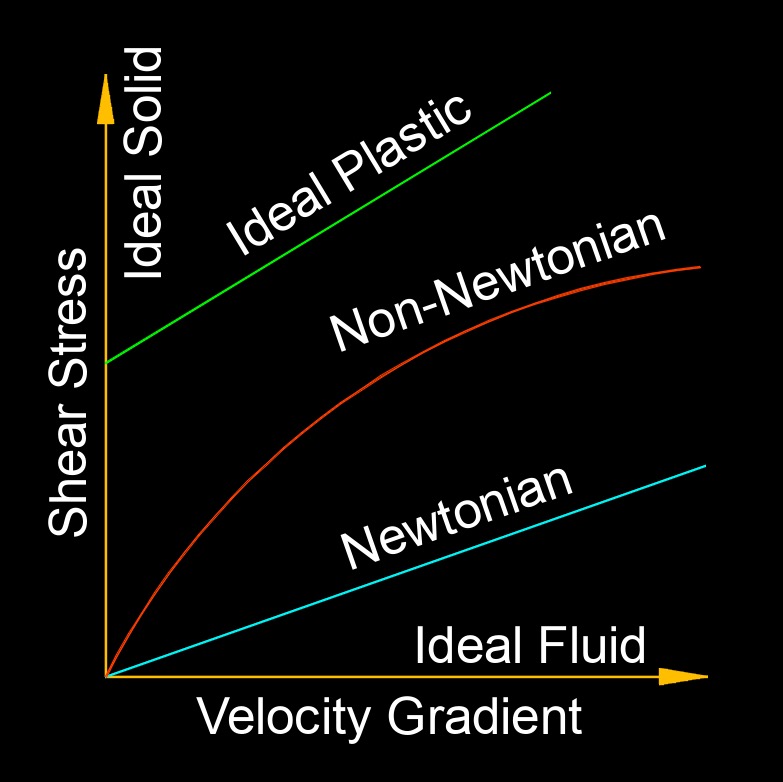Fluid Dynamics
Physics Fluid Dynamics is the study of the motion and behavior of fluids, both liquids and gases. It is a branch of physics that focuses on understanding the fundamental principles that govern the movement of fluids and how they interact with their surroundings.
Fluid Dynamics is the study of the motion and behavior of fluids, both liquids and gases. It is a branch of physics that focuses on understanding the fundamental principles that govern the movement of fluids and how they interact with their surroundings.
Fluid dynamics has many practical applications in engineering, including the design of aircraft, ships, and automobiles, the design of fluid delivery systems, and the development of energy efficient technologies. It is also important in a wide range of scientific fields, including meteorology, oceanography, and geology, as well as in the study of the behavior of fluids in the human body.
- See Articles - List of Tags / List of Categories / List of Articles / List of Glossaries / Nomenclature and Symbols / (See Fluid Dynamics Glossary)
 Fluid Classification
Fluid Classification
Ideal Fluid - It is incompressible and has no viscosity. Ideal fluid is only an imaginary fluid, as all the fluids known have some viscosity.
Ideal Plastic Fluid - A fluid in which the shear stress is more than the yield value and shear stress is proportional to the rate of shear strain or velocity gradient.
Newtonian Fluid - A real fluid in which the shear stress is directly proportional to the rate of shear strain or velocity gradient.
Non Newtonian Fluid - A real fluid in which the shear stress is not directly proportional to the rate of shear strain or velocity gradient.
Compressible Fluid - A fluid in which the density of fluid changes with the change in external force or pressure. All gases are considered to be compressible.
Incompressible Fluid - A fluid in which the density of a fluid does not change with the change in external force or pressure. All liquids are considered to be incompressible.

